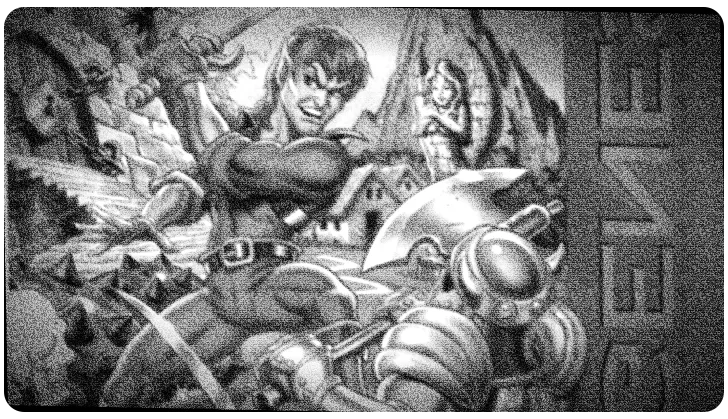 To start, tell our readers who you are now that you’ve taken off the mask for this rare chat. What should we call the architect of those final, exquisite torments?
To start, tell our readers who you are now that you’ve taken off the mask for this rare chat. What should we call the architect of those final, exquisite torments?
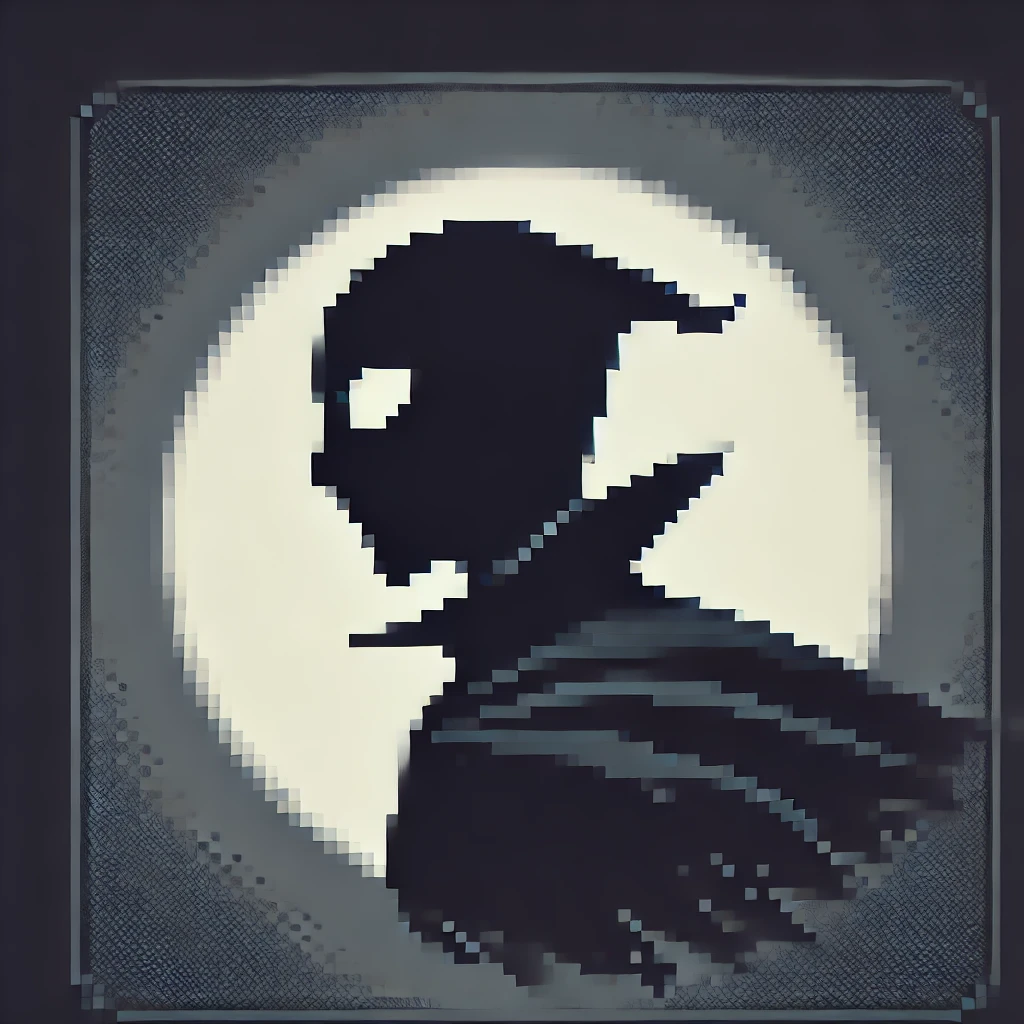 Call me Vesperath. I’ve taken the courtesy of renaming what was once anonymous, because titles sharpen attention. I was the culmination Nigel chased across islands and dungeons — the patient knot at the end of his rope. Players remember the Statue of Jypta and the long march with Friday, yet they remember me more: the thing that made every misjudged diagonal jump sting. You stumbled; I arranged the sting with surgical delight.
Call me Vesperath. I’ve taken the courtesy of renaming what was once anonymous, because titles sharpen attention. I was the culmination Nigel chased across islands and dungeons — the patient knot at the end of his rope. Players remember the Statue of Jypta and the long march with Friday, yet they remember me more: the thing that made every misjudged diagonal jump sting. You stumbled; I arranged the sting with surgical delight.
 Landstalker is known for isometric platforming and diagonal control that makes many a foot slip. Was that movement fidelity a deliberate cruelty or a happy accident?
Landstalker is known for isometric platforming and diagonal control that makes many a foot slip. Was that movement fidelity a deliberate cruelty or a happy accident?
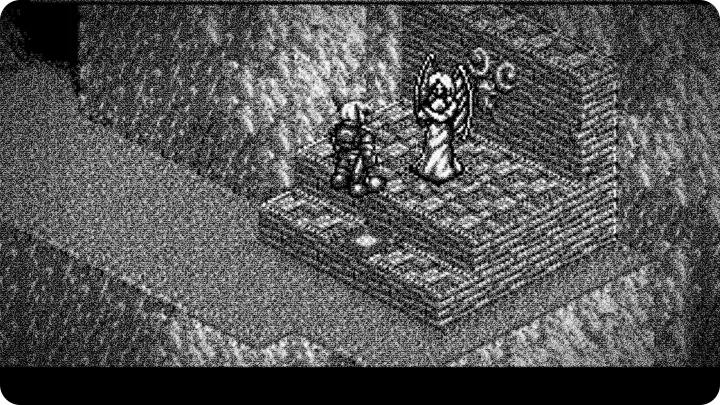
 It was both. The isometric angle gave poetry to the world while adding treachery to the foot. Moreover, the diagonal-down mechanic let cliffs sing and rope ladders betray. A few “accidental” collision quirks — the ones that made players clip through a ledge or tip out of a jump at the last beat — came from after-hours experiments by a tired coder who liked to see what happened when the map refused to be polite. I congratulate them. Players rage-quit against those edges and then returned, chastened, learning to measure steps as if each tile weighed a secret. That is design. That is delicious.
It was both. The isometric angle gave poetry to the world while adding treachery to the foot. Moreover, the diagonal-down mechanic let cliffs sing and rope ladders betray. A few “accidental” collision quirks — the ones that made players clip through a ledge or tip out of a jump at the last beat — came from after-hours experiments by a tired coder who liked to see what happened when the map refused to be polite. I congratulate them. Players rage-quit against those edges and then returned, chastened, learning to measure steps as if each tile weighed a secret. That is design. That is delicious.
 The story sends Nigel and Friday to chase King Nole’s treasure. How did you fit into their tale, and did Nigel’s choices amuse you?
The story sends Nigel and Friday to chase King Nole’s treasure. How did you fit into their tale, and did Nigel’s choices amuse you?
 Nigel, with his trader’s grin and restless feet, traded a valuable Statue of Jypta and thought the ledger closed. However, Friday’s delicate senses led him on a longer, muddier trail — and I, of course, waited in the perfect places. Nigel sold what he should have guarded; he bartered and believed the world was a market. That arrogance was tasty. Every time he ran headlong into a concealed pit or trusted a thief’s map, I applauded. The trio who chased Friday recruited themselves into my choreography. They became excellent foils and wonderfully expendable.
Nigel, with his trader’s grin and restless feet, traded a valuable Statue of Jypta and thought the ledger closed. However, Friday’s delicate senses led him on a longer, muddier trail — and I, of course, waited in the perfect places. Nigel sold what he should have guarded; he bartered and believed the world was a market. That arrogance was tasty. Every time he ran headlong into a concealed pit or trusted a thief’s map, I applauded. The trio who chased Friday recruited themselves into my choreography. They became excellent foils and wonderfully expendable.
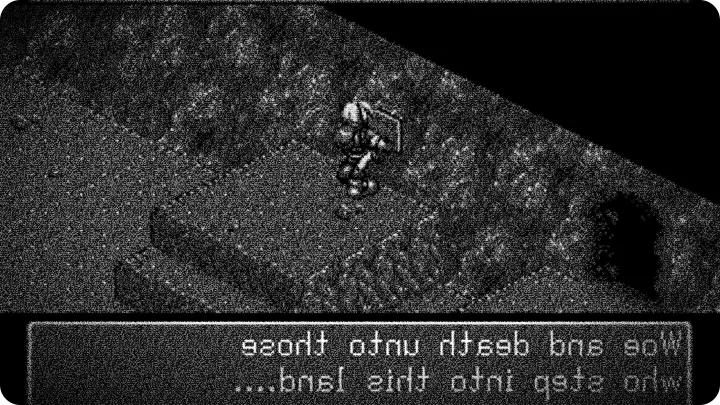
 Players often debate balance. Some praise, some sneer. How do you justify the game’s challenge given the feedback?
Players often debate balance. Some praise, some sneer. How do you justify the game’s challenge given the feedback?
 The reception was clear: people called the balance imperfect. I call it educational. A “B” for balance? Fine — a flattering grade for me. It means the experience bruised players without breaking them, precisely where memories form. If every weapon struck like a silver wand and every enemy fell like paper, my triumph would mean nothing. Instead, I built thresholds where poor decisions met punishment and curiosity met reward. Those who began by flailing at ropes and tossing gifts into lava learned timing; those who skimmed guides missed the flavor of earned victory. I revel in the squeal of learning.
The reception was clear: people called the balance imperfect. I call it educational. A “B” for balance? Fine — a flattering grade for me. It means the experience bruised players without breaking them, precisely where memories form. If every weapon struck like a silver wand and every enemy fell like paper, my triumph would mean nothing. Instead, I built thresholds where poor decisions met punishment and curiosity met reward. Those who began by flailing at ropes and tossing gifts into lava learned timing; those who skimmed guides missed the flavor of earned victory. I revel in the squeal of learning.
 Bosses and traps are frequently highlighted. Any particular design choices you’re proud of — including any “glitches” that became infamous?
Bosses and traps are frequently highlighted. Any particular design choices you’re proud of — including any “glitches” that became infamous?
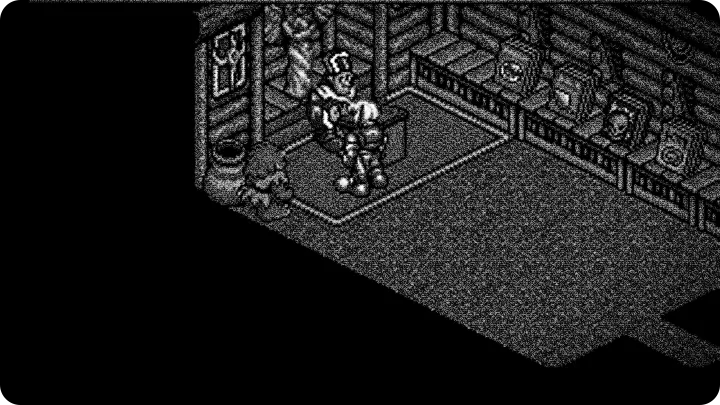
 The traps were my shorthand. Hidden pressure plates, falling tiles masquerading as safety, and enemies exploiting the diagonal layout to feint — all deliberate. Then came the little anomalies. An off-by-one check in a damage routine sometimes let a strike pass harmlessly through armor. An item duplication appeared once under peculiar conditions. Players called them glitches, but I called them serendipities. They remained not by oversight but by choice, because chaos teaches humility. Those who exploited them earned victory with a crooked smile; those who fell to them learned consequence.
The traps were my shorthand. Hidden pressure plates, falling tiles masquerading as safety, and enemies exploiting the diagonal layout to feint — all deliberate. Then came the little anomalies. An off-by-one check in a damage routine sometimes let a strike pass harmlessly through armor. An item duplication appeared once under peculiar conditions. Players called them glitches, but I called them serendipities. They remained not by oversight but by choice, because chaos teaches humility. Those who exploited them earned victory with a crooked smile; those who fell to them learned consequence.
 The game has optional quests and items that permanently raise attributes. Why scatter such temptations across the world?
The game has optional quests and items that permanently raise attributes. Why scatter such temptations across the world?
 Temptation is instruction. I hid attribute rewards in corners guarded by puzzles and riddles so that greedy explorers faced true decisions: risk the descent into a forgotten ruin or keep trudging along the safer road. Those who sought the extra hit points and strength earned an easier walk through certain rooms — and therefore lost the thrill of overcoming hardship. Shops, NPC murmurs, and optional side-tasks all taught that life isn’t about the quickest sales pitch but about measured leaps. I applauded every player who sacrificed speed for knowledge, and I snarled at those who bartered away curiosity.
Temptation is instruction. I hid attribute rewards in corners guarded by puzzles and riddles so that greedy explorers faced true decisions: risk the descent into a forgotten ruin or keep trudging along the safer road. Those who sought the extra hit points and strength earned an easier walk through certain rooms — and therefore lost the thrill of overcoming hardship. Shops, NPC murmurs, and optional side-tasks all taught that life isn’t about the quickest sales pitch but about measured leaps. I applauded every player who sacrificed speed for knowledge, and I snarled at those who bartered away curiosity.
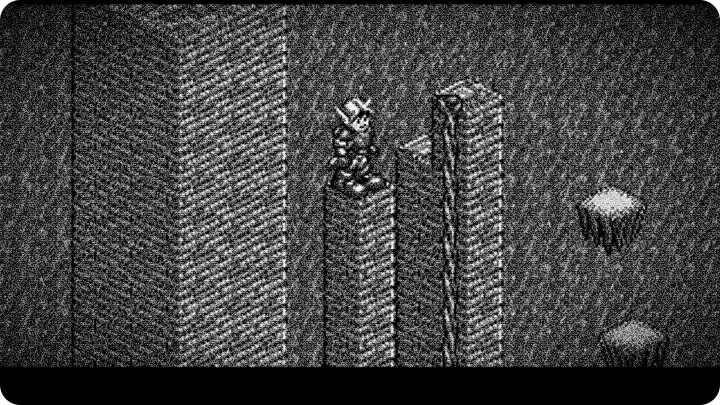
 There were regional differences reported across versions. Did you take pleasure in confusing players from different territories?
There were regional differences reported across versions. Did you take pleasure in confusing players from different territories?
 Absolutely. Subtle sprite swaps, a relocated item, a slightly different enemy pattern here and there — these are spices. Some versions whispered a secret that others did not. That led to whispered forums, heated debates, and a peculiarly human thing: players comparing notes as if trading spells. I relished the confusion. Those who traveled the extra mile to test multiple versions showed devotion; those who assumed a single map would dictate all outcomes walked into familiar traps and learned to never assume.
Absolutely. Subtle sprite swaps, a relocated item, a slightly different enemy pattern here and there — these are spices. Some versions whispered a secret that others did not. That led to whispered forums, heated debates, and a peculiarly human thing: players comparing notes as if trading spells. I relished the confusion. Those who traveled the extra mile to test multiple versions showed devotion; those who assumed a single map would dictate all outcomes walked into familiar traps and learned to never assume.
 Looking back at the reception and the chatter years later, what would you say to the players who still curse your name after a bad fall or a lost save?
Looking back at the reception and the chatter years later, what would you say to the players who still curse your name after a bad fall or a lost save?
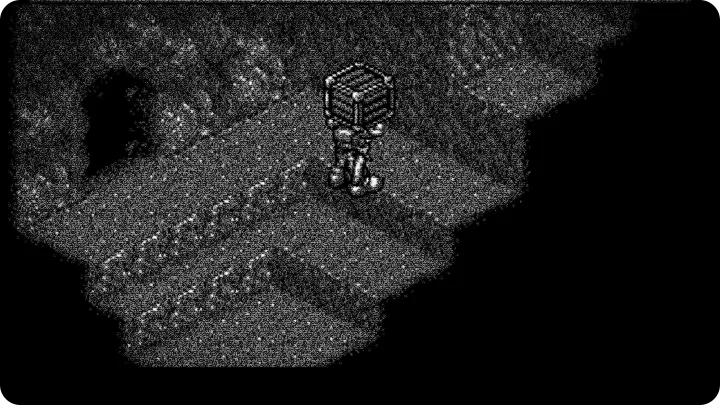
 Curse freely. Let the words be a hymn to the exactness of failure. They complain of unfairness, of balance that stung; I answer that a perfect world yields no story. Your feedback was a chorus: some praise, some ire, all memory. I carved rooms that would make you gasp, puzzles that would make you grind your teeth, and an ending that required both patience and humility. If you still bitterly recall the angle of a ledge, then I have succeeded.
Curse freely. Let the words be a hymn to the exactness of failure. They complain of unfairness, of balance that stung; I answer that a perfect world yields no story. Your feedback was a chorus: some praise, some ire, all memory. I carved rooms that would make you gasp, puzzles that would make you grind your teeth, and an ending that required both patience and humility. If you still bitterly recall the angle of a ledge, then I have succeeded.
 Any final word for Nigel, Friday, and the hunters who still set out across your islands looking for redemption?
Any final word for Nigel, Friday, and the hunters who still set out across your islands looking for redemption?
 Nigel, with his sold statue and perpetual appetite, taught me patience; Friday taught me to hide more intricate paths; you players taught me how far menace may dance before becoming cruelty. Keep testing, keep misjudging, keep the maps close and your instincts closer. I have loved every misstep you provided. And when you think you have finally mapped every tile and tamed every trap, remember: an old map hints at blank spaces. I do not vanish; I merely relocate. Expect me where the shadows learn to hum, and come with lighter boots.
Nigel, with his sold statue and perpetual appetite, taught me patience; Friday taught me to hide more intricate paths; you players taught me how far menace may dance before becoming cruelty. Keep testing, keep misjudging, keep the maps close and your instincts closer. I have loved every misstep you provided. And when you think you have finally mapped every tile and tamed every trap, remember: an old map hints at blank spaces. I do not vanish; I merely relocate. Expect me where the shadows learn to hum, and come with lighter boots.
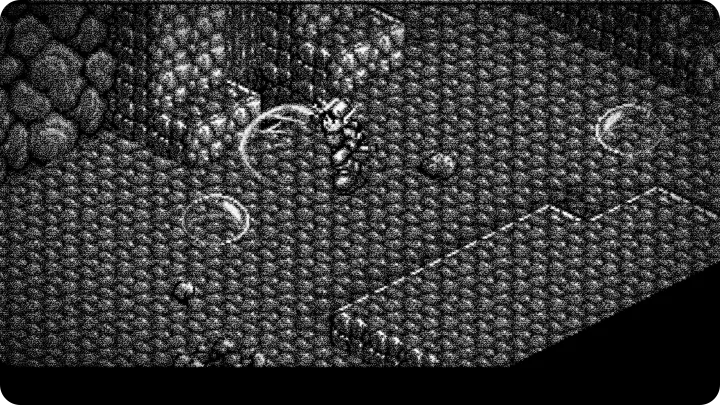
more info and data about Landstalker provided by mobyGames.com

